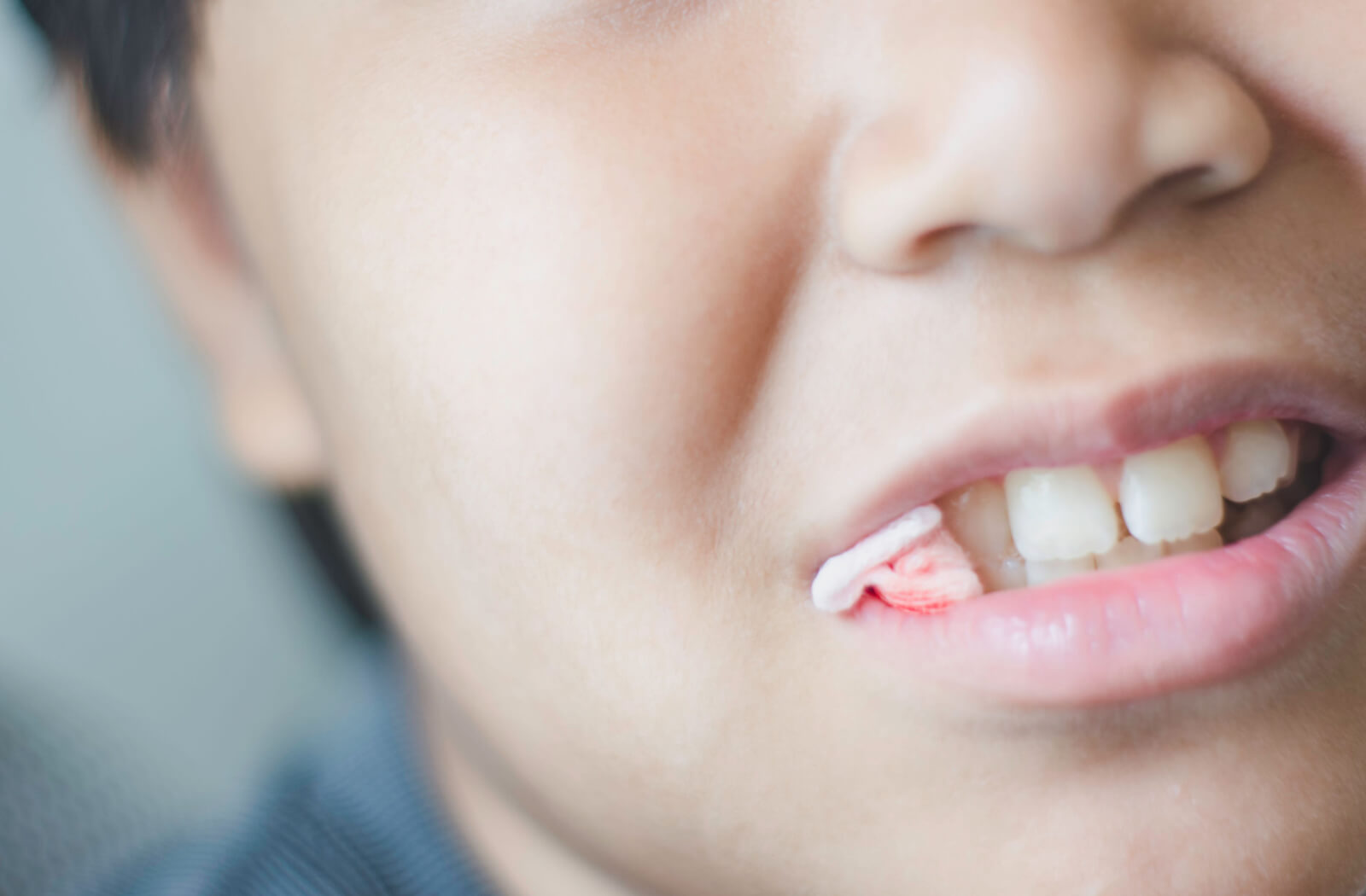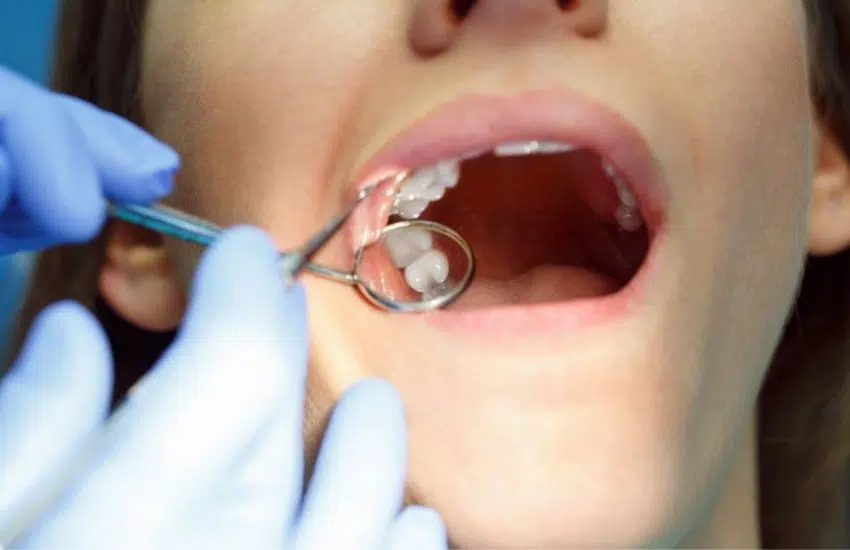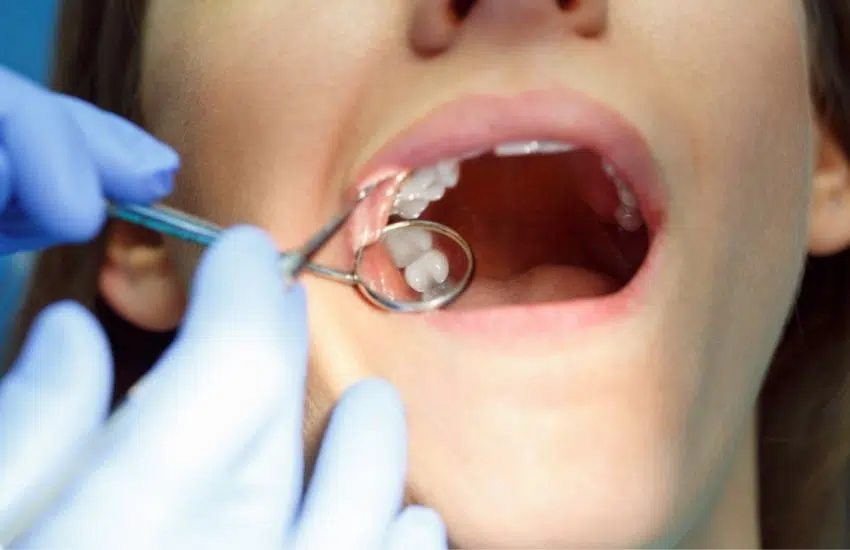Keeping Your Smile on Track: A Guide to Post-Extraction Care and When to Ditch the Gauze
So you’ve just had a tooth extraction – congratulations on taking a step towards a healthier mouth! But now comes the not-so-glamorous part: recovery. While visions of your favorite burger or crunchy salad might dance in your head, your mouth needs some time to heal. A crucial aspect of this healing process involves managing any bleeding and keeping the extraction site clean. This comprehensive guide explores when to stop using gauze after a tooth extraction, delves into essential post-extraction care practices, and offers helpful tips for a smooth recovery.
Understanding the Role of Gauze after Tooth Extraction
Following a tooth extraction, your dentist will likely place a gauze pad on the extraction site and ask you to bite down gently to apply pressure. This helps control bleeding and allows a blood clot to form, which is essential for healing.
When to Say Goodbye to Gauze: Gauze Removal Timeline
The timeframe for ditching the gauze depends on several factors, including:
- Complexity of the Extraction: More complex extractions involving multiple teeth or stitches might require using gauze for a longer duration.
- Bleeding Rate: If bleeding persists, you might need to keep the gauze in place for a little longer.
Here’s a general guideline to keep in mind:
- First 24 Hours: Following the extraction, focus on keeping the gauze pad in place with gentle pressure for 30-45 minutes. If the bleeding persists, replace the gauze pad with a fresh one and maintain pressure for another 30-45 minutes. Repeat this process as needed until the bleeding subsides.
Remember: Don’t be tempted to peek! Avoid removing the gauze to check for bleeding, as this can disrupt the clot formation.
- Beyond 24 Hours: If the bleeding has stopped or is minimal, you can gradually discontinue using gauze. However, be mindful and avoid strenuous activity that could dislodge the clot and cause renewed bleeding.
Key Signs It’s Time to Ditch the Gauze:
- Minimal Bleeding: If the gauze pad shows minimal blood staining when you change it, it’s a good indication that the bleeding has subsided, and you can stop using gauze.
- Clot Formation: If you gently feel a firm, jelly-like substance at the extraction site, it’s likely a blood clot forming, a positive sign that you might not need gauze anymore.
- Passage of Time: If it’s been 3-4 hours after the extraction, and the bleeding is minimal or non-existent, you can consider stopping gauze use.
However, remember, this is just a general guideline. Always prioritize your comfort level and consult your dentist for specific instructions based on your situation.
Essential Post-Extraction Care Practices for a Speedy Recovery
Here are some crucial post-extraction care practices to ensure optimal healing:
- Bleeding Management: If you experience renewed bleeding after removing the gauze, gently apply a moistened tea bag (preferably black or green tea) with pressure for 15-20 minutes. The tannins in the tea can help promote clotting.
- Pain Management: Your dentist will likely prescribe pain medication. Take it as directed to manage discomfort effectively.
- Diet: Stick to a soft food diet for the first few days to minimize pressure on the extraction site. Opt for foods like mashed potatoes, yogurt, applesauce, and well-cooked pasta.
- Oral Hygiene: Maintaining good oral hygiene is crucial for preventing infection. Gently brush your teeth (avoiding the extraction site) and rinse with warm salt water (dissolve half a teaspoon of salt in a glass of warm water) several times a day.
- Rest and Relaxation: Your body needs time to heal. Get plenty of rest and avoid strenuous activities for the first few days.
Frequently Asked Questions (FAQ)
Q: What happens if I accidentally swallow the gauze?
A: Gauze pads are not designed for swallowing and can cause digestive problems. If you accidentally swallow a piece of gauze, contact your doctor immediately.
Q: Can I smoke or drink alcohol after a tooth extraction?
A: No. Smoking and alcohol consumption can hinder healing and increase the risk of infection. Avoid these substances for at least a few days after the extraction, or as instructed by your dentist.
Q: My extraction site feels numb. Is this normal?
A: Temporary numbness around the extraction site is a common occurrence after the anesthetic wears off. This should gradually subside within a few days. However, if the numbness persists for an extended period, consult your dentist.




